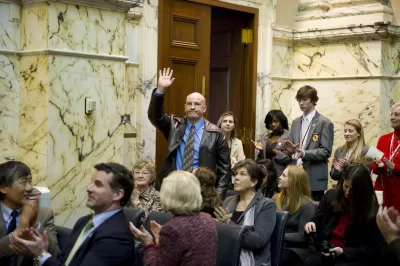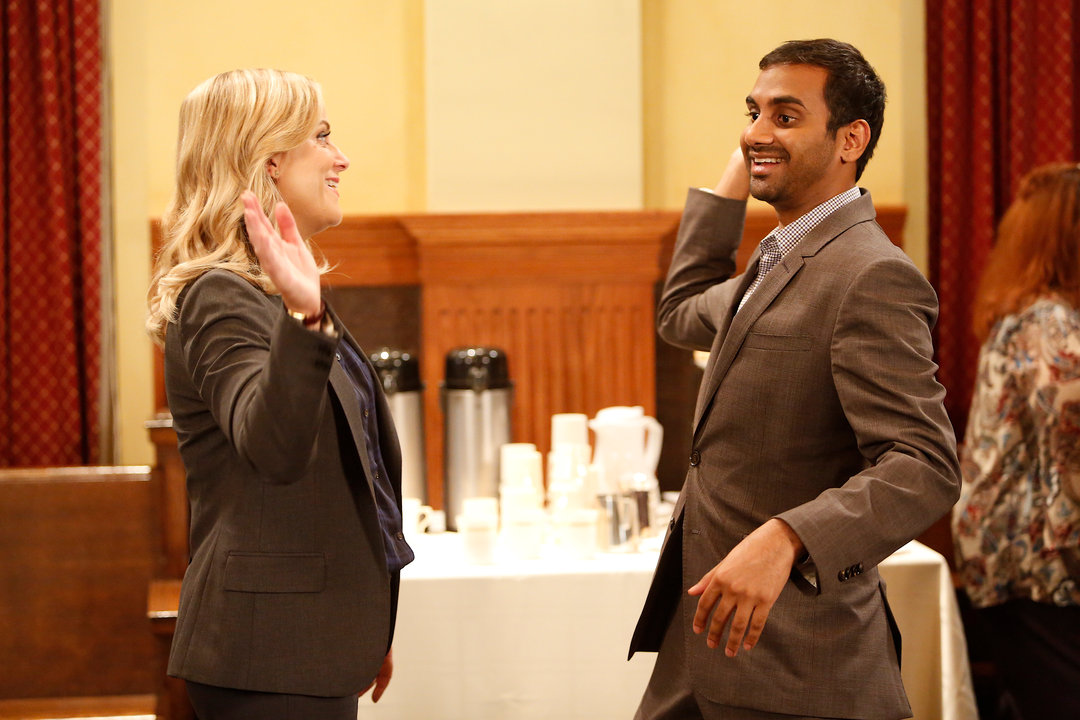Do you remember exactly when you wanted to become an urban planner? Neither do I.

For those considering a career in urban planning, don’t wait for lightning to strike, suddenly sending you down the non-motorized path toward urban planning. Waiting for this moment only delays the most effective way to know if the planning shoe fits: Just try it.
One reason it is important not to wait on planning is that by the time most of us learn about our field it’s relatively late in the career game. As I wrote in an earlier article, "Teaching Urban Planning to Pre-Schoolers," the profession of urban planning struggles with an awareness gap. From a young age, children read books and watch videos about doctors, builders, chefs, mechanics, pilots, and businesspeople. But not urban planners. It’s unfortunate because the concept of urban planning does not have a minimum age requirement. Kids understand the meaning of putting the right things in the right place, and that’s what planners do.
But the awareness gap is understandable. I don’t expect non-planners to know what planners really do. I knew planners wanted to make better places, but even in my second year of graduate school I still didn’t really know what planners actually did inside the office. Planning is thankless at times, and grinding through staff reports to meet processing deadlines takes a certain journalist's grit. So why expect someone to convey this as a career choice for young people or feature public meetings on a TV show? (Thank you, Parks and Recreation, for curbing this trend.)

Greg Gayne/NBC | 2014 NBCUniversal Media, LLC
Because most of us do not learn about urban planning until high school or college, other traditional professions have at least a decade head start competing for our intellectual interest. This leaves less time to consider planning before needing to make early career decisions like choosing a college, picking an academic major, pursuing an internship, or some other post-high school endeavor. If you feel even the slightest pull toward planning, it may be wise to follow it now.
Next up: Suggestions on how to follow this path.

Study: Maui’s Plan to Convert Vacation Rentals to Long-Term Housing Could Cause Nearly $1 Billion Economic Loss
The plan would reduce visitor accommodation by 25,% resulting in 1,900 jobs lost.

North Texas Transit Leaders Tout Benefits of TOD for Growing Region
At a summit focused on transit-oriented development, policymakers discussed how North Texas’ expanded light rail system can serve as a tool for economic growth.

Why Should We Subsidize Public Transportation?
Many public transit agencies face financial stress due to rising costs, declining fare revenue, and declining subsidies. Transit advocates must provide a strong business case for increasing public transit funding.

How to Make US Trains Faster
Changes to boarding platforms and a switch to electric trains could improve U.S. passenger rail service without the added cost of high-speed rail.

Columbia’s Revitalized ‘Loop’ Is a Hub for Local Entrepreneurs
A focus on small businesses is helping a commercial corridor in Columbia, Missouri thrive.

Invasive Insect Threatens Minnesota’s Ash Forests
The Emerald Ash Borer is a rapidly spreading invasive pest threatening Minnesota’s ash trees, and homeowners are encouraged to plant diverse replacement species, avoid moving ash firewood, and monitor for signs of infestation.
Urban Design for Planners 1: Software Tools
This six-course series explores essential urban design concepts using open source software and equips planners with the tools they need to participate fully in the urban design process.
Planning for Universal Design
Learn the tools for implementing Universal Design in planning regulations.
Ascent Environmental
Borough of Carlisle
Institute for Housing and Urban Development Studies (IHS)
City of Grandview
Harvard GSD Executive Education
Toledo-Lucas County Plan Commissions
Salt Lake City
NYU Wagner Graduate School of Public Service






























